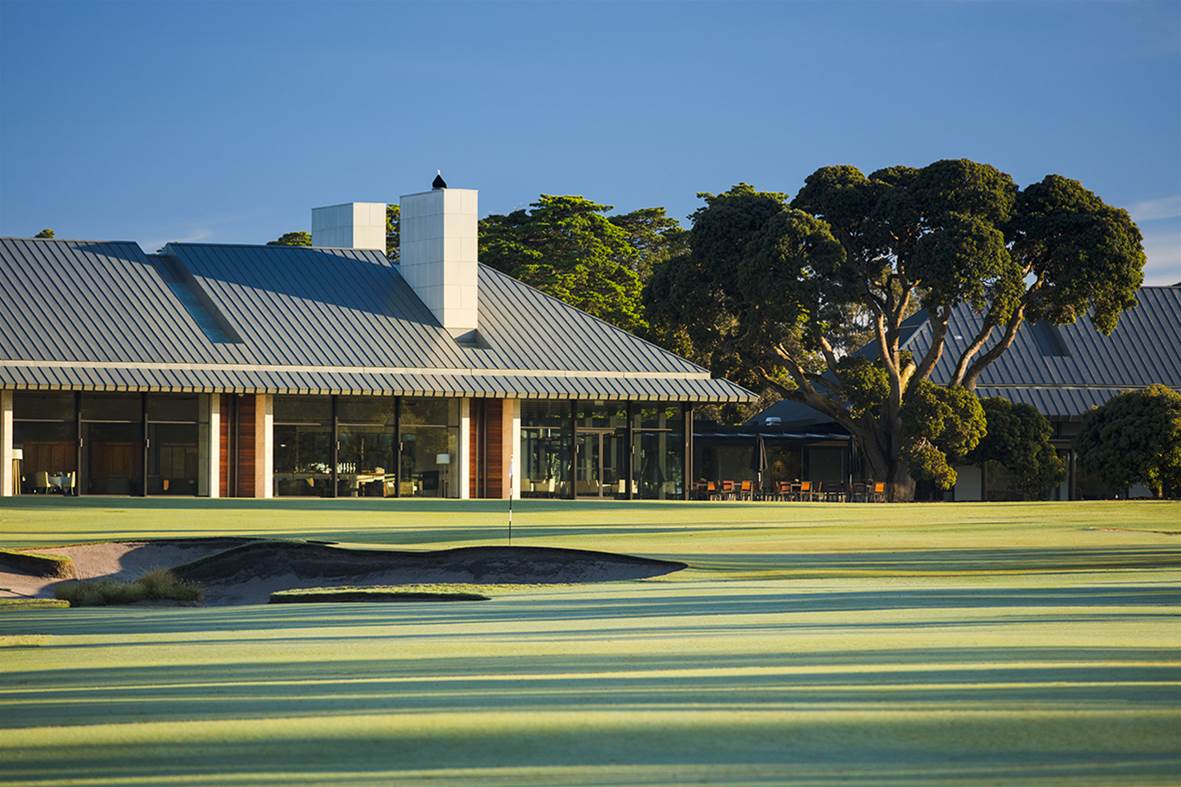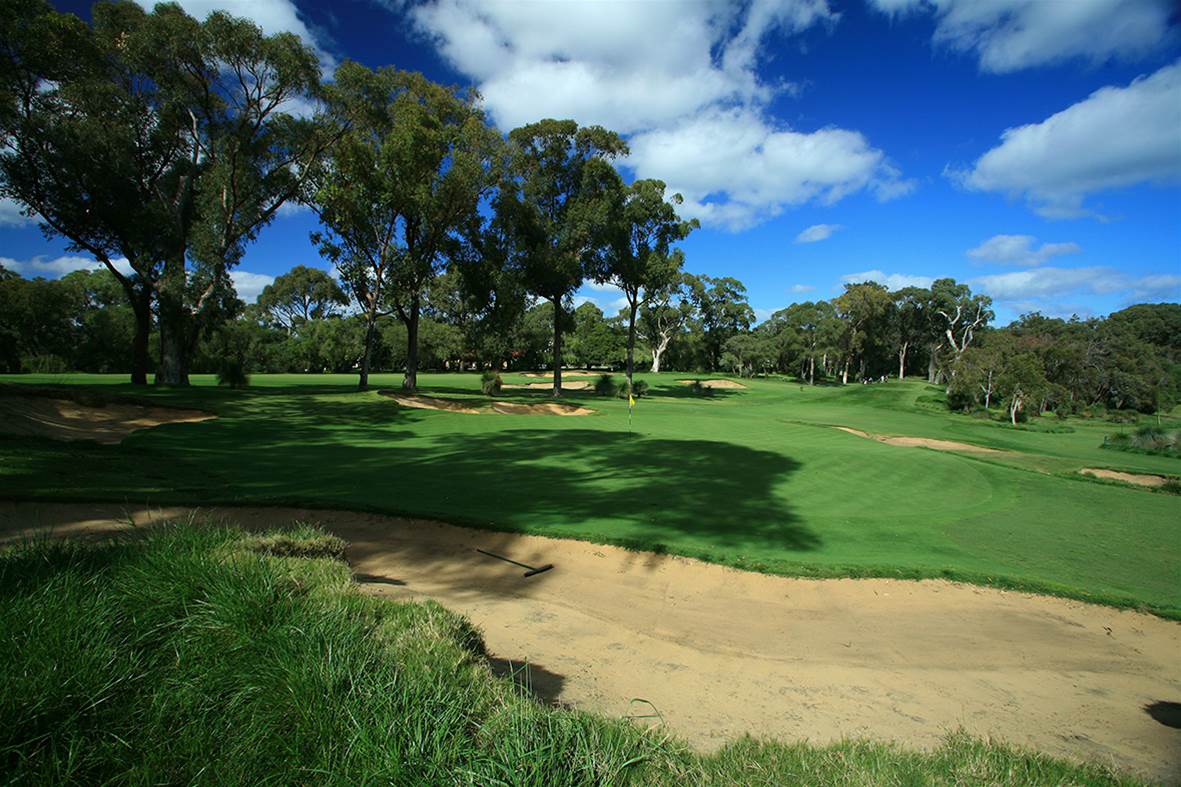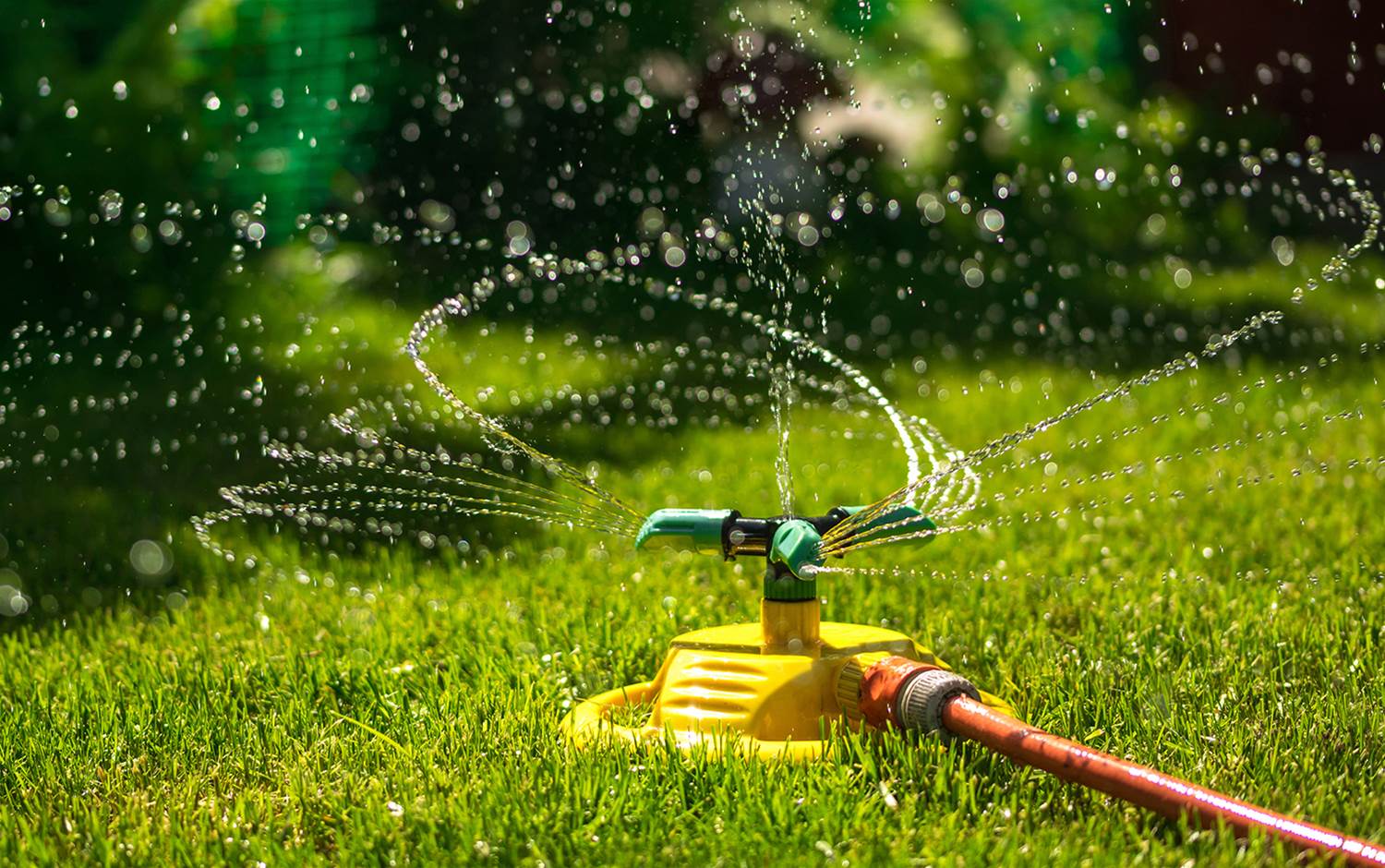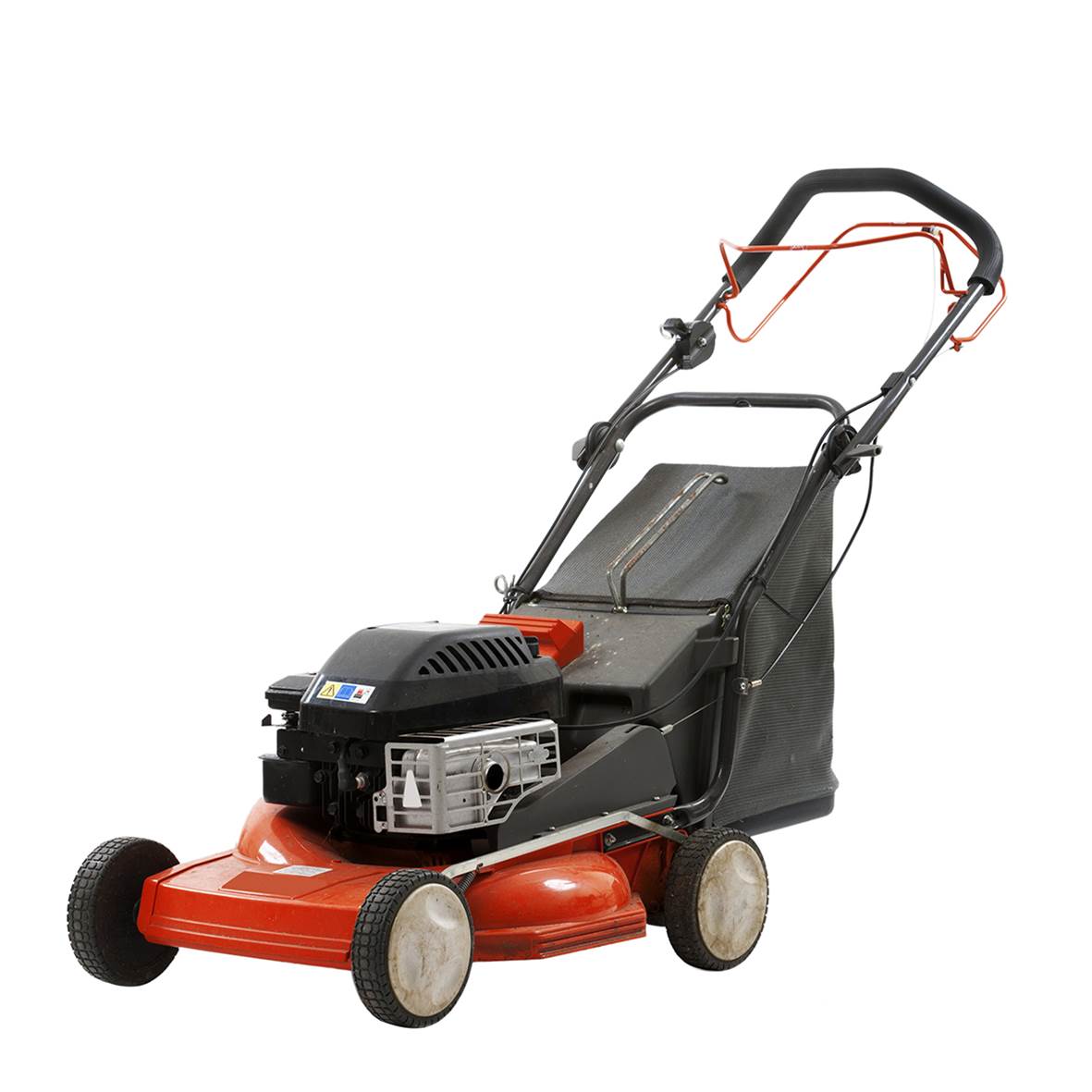How is your lawn looking as a result of COVID-19 lockdown? Has your practice chipping turned your backyard into a chopped-up mess? Now is the time to get your lawn back in shape with some helpful tips to help you grow grass just like the pros.
Whether you play golf on a daily, weekly, monthly or yearly basis, chances are you’ve taken the occasional practice swing on your front or back lawn and caused damage to your turf.
The odds of that happening have probably doubled during the coronavirus pandemic periods of hibernation. With that in mind, we spoke with some of the country’s best superintendents and grass gurus to get their top tips on how to rejuvenate your lawn.
There are few golf courses on the planet with better playing surfaces than those found at The Metropolitan Golf Club on the Melbourne Sandbelt. So, naturally, the club’s superintendent, David Mason, was our first port of call.

How does Mason – together with his team – produce and maintain Metropolitan’s superb couch fairways and bentgrass greens?
“Constant assessment and works are undertaken to ensure shade is not impacting areas of play. Although some shade is acceptable, constant heavy shade creates the ideal environment for weeds to thrive, cause turf to thin and less desirable species (such as poa annua) to grow,” Mason told Golf Australia magazine.
“Golf course turf also requires herbicides, fungicides, insecticides and other products to be applied to not only protect the susceptible dormant grass – during the winter months – but also to make sure that come the warmer weather, it is protected from pests, diseases and weeds that ‘wake-up’ from the winter slumber as well.
“Spring is really the time for preparing the turf for new growth and the warmer months. On the golf course, large pieces of equipment are used to renovate the turf due to increased inputs of water, fertiliser and pesticides.”
“If there’s plenty of sunlight, I would suggest warm season grasses like couch, kikuyu or buffalo. If the lawn areas can be watered during the heat of summer, cool season grasses like fine fescue, Kentucky bluegrass, tall fescue or rye grass are great year-round grasses." - Metropolitan GC Course Superintendent David Mason.
With each of the aforementioned principles in mind, how can you rejuvenate or establish pristine lawns at home?
“If the area drains, gets plenty of sunlight, can be watered during summer and doesn’t get too much wear, seeding is a good option,” Mason said.
“If there’s plenty of sunlight, I would suggest warm season grasses like couch, kikuyu or buffalo. If the lawn areas can be watered during the heat of summer, cool season grasses like fine fescue, Kentucky bluegrass, tall fescue or rye grass are great year-round grasses.
“Sod can also be used if an instant lawn is required. It’s more expensive but it certainly saves time.”

Meanwhile, 3,450 kilometres away in Perth, Lake Karrinyup Country Club and its superintendent, Fraser Brown, are also continuously presenting terrific playing surfaces.
Brown, who studied greenkeeping in Fife, Scotland and has worked in the industry for 18 years, explained how to best maintain reinvigorated lawns.
“Consistency is important. Have a plan that addresses mowing frequency, fertilising, wetting agent and pesticide applications, then try to stick to the plan,” Brown said.
“In areas of shade, maintaining healthy turf is more difficult. Try, where possible, to limit wear as it will be slow to recover. So, for example, if you want to practice your swing, find an area with good sunlight and the recovery will be quicker.
“The choice of mower is also important. To achieve a fairway standard – if that’s what you’re after – you will require a sharp cylinder mower. There are many different types and sizes available and they produce smooth, tight surfaces.”
TOP TIPS FROM LAWN SOLUTIONS AUSTRALIA
1. Prepare a good soil base for your turf.
Your soil plays a vital role in the success of your lawn and in many cases some soil improvement work is required to get the most out of it.
2. Choose a turf variety best suited to your area.
Different grasses behave differently in varying climates and soil types.
 3. Water it deeply for longer, less frequently.
3. Water it deeply for longer, less frequently.
Watering your lawn is one of the most important parts of caring for your lawn. Not watering enough leads to a range of different lawn problems and can ultimately lead to your lawns demise. On the other hand, watering too much can have adverse effects on your lawn as well.
 4. Fertilise a few times a year.
4. Fertilise a few times a year.
Fertiliser is food to your lawn; too little and it starves, too much and you won’t see it at its peak either.
 5. Keep on top of weeds.
5. Keep on top of weeds.
The best way to prevent weeds is to target them before they emerge and to act quickly when they do.
6. Reduce the impact of pests.
If you have a healthy lush lawn, you are still at risk from lawn grubs and other pests and need to keep your eye out and take preventative action.
7. Mow it regularly.
By sticking to a regular mowing and lawn maintenance routine, your lawn will be healthier and be less likely to develop problems that will only cost you more time and money in the long run.
 8. Aerate once a year or as required.
8. Aerate once a year or as required.
Perforation of the soil to allow air, water and nutrients to penetrate the grass roots. One of the most overlooked aspects of lawn care. Aeration helps the roots grow deeply and produce a stronger, more vigorous lawn.
Still have questions about regrowing your lawn this spring? Lawn Solutions Australia has everything you need for buying, replacing or caring for your lawn.
For more information, visit www.lawnsolutionsaustralia.com.au or call 1300 883 711.
Related Articles

Perfectly Fitting: The ultimate fitting guide

International Spotlight: Omanu Golf Club













